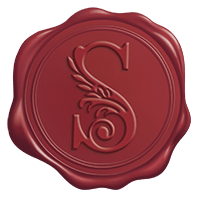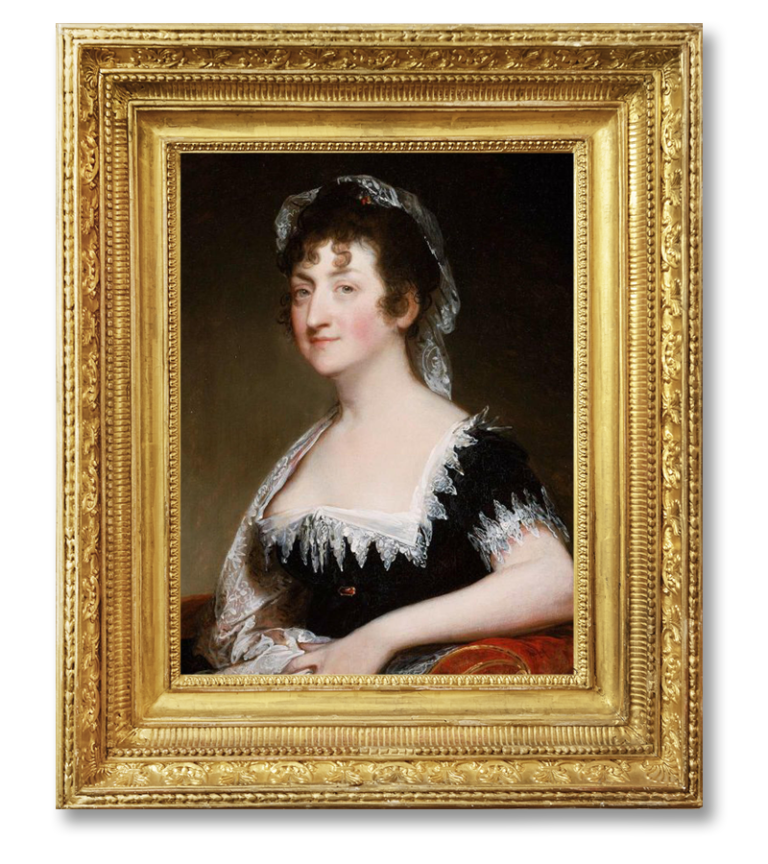SIGNET RESIDENCES
63 Mount Vernon Street
Boston, MA 02108
A DEVELOPMENT OF
METROPOLITAN PROPERTIES ©2021
BY APPOINTMENT ONLY
617.236.0711
SALES@SIGNETRESIDENCES.COM

When Harrison Otis arranged the purchase of land for the new state capitol he cleverly arranged for a group of friends—the Mount Vernon Proprietors— to buy 18.5 acres of adjoining pasture from the painter John Singleton Copley. Here they not only built mansions for themselves, but also beautiful town houses for their families and as speculative ventures. Beacon Hill, already nearly 200 years old, quickly urbanized and became Boston’s most coveted address.


SIGNET RESIDENCES
63 Mount Vernon Street
Boston, MA 02108
A DEVELOPMENT OF
METROPOLITAN PROPERTIES ©2021
BY APPOINTMENT ONLY
617.236.0711
SALES@SIGNETRESIDENCES.COM

Book your appointment today or contact us for more information.